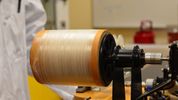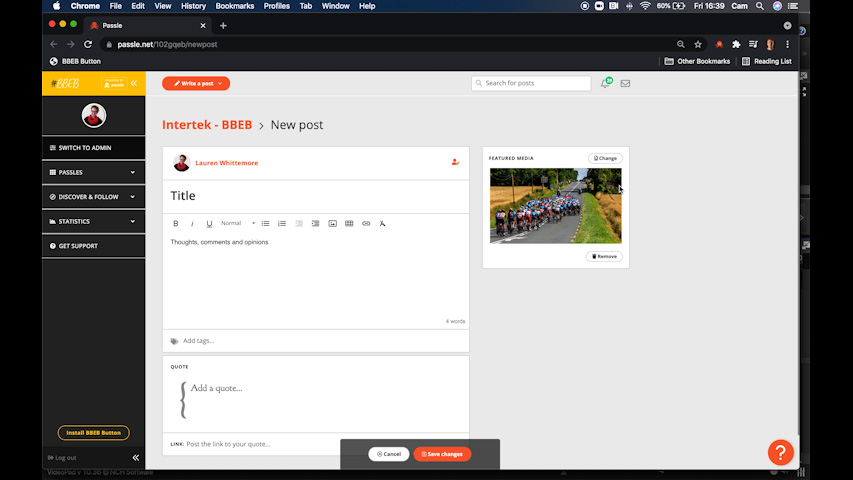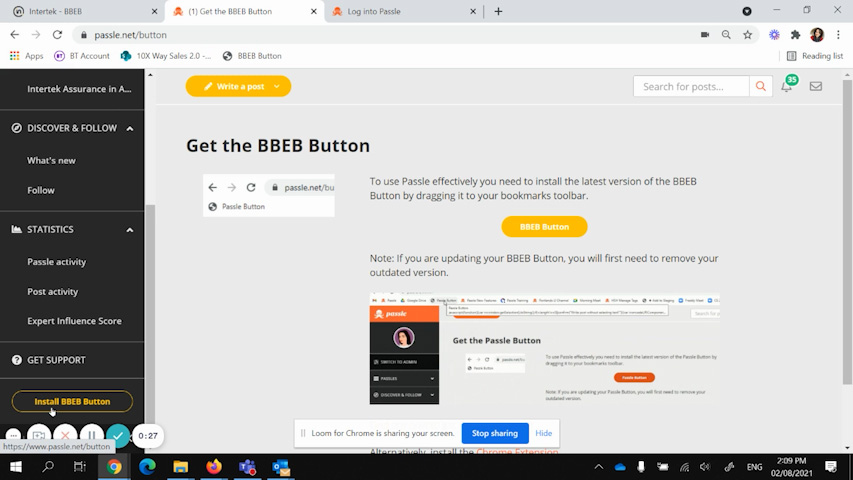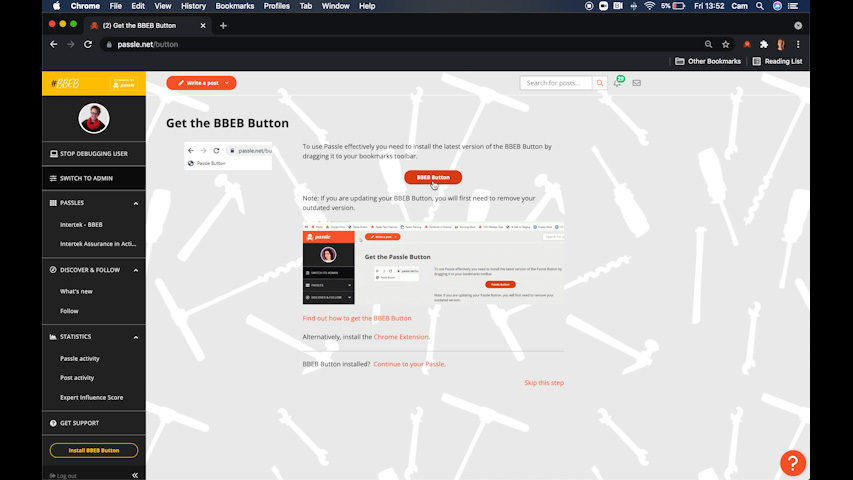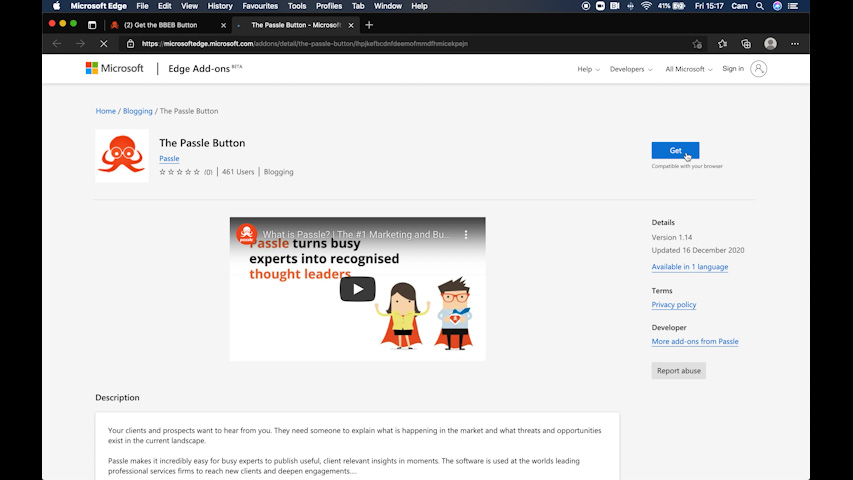You know the drill. The gas is filling up, you're getting screamed at by the gas pump ad at an ear piercing level to “buy 3 sodas for the price of 2,” and then “clunk,” the gas pump magically shuts off because the tank is full.
But is it? Many people will give a couple of gentle squeezes to get just a bit more into the tank before it spills all over the side of your car and onto your shoes! Can't hurt to really have a full tank, right?
Wrong! In fact, topping off is just another common mistake car drivers can make that can destroy their engines. There are actually components that, if damaged, can lead to easily avoidable yet costly repairs.
The onboard refueling vapor recovery (ORVR) system and the Evaporative Emission Control (EVAP) system are two components that, if affected, can have consequences. The ORVR is a charcoal-lined canister that helps reduce the amount of fuel vapor that could escape into the air while pumping gas. In tandem, the EVAP keeps gas vapors in.
By overfilling your tank, these systems can become saturated in gasoline, causing them to malfunction. Faulty ORVR and EVAP systems can cause the check engine light to come on, and once that happens, there's a possibility of a costly repair to the car that was completely avoidable. Not only that, but saturated filters can also impair vehicle performance and lower its fuel efficiency, and all because we wanted a little more gas.
Worst of all, most gas stations come equipped with vapor recovery systems. This system is designed to stop dispensing gas once the automatic shutoff activates. That means, even if you paid for that gas you think you're getting while topping off, you're actually not. For safety reasons, it goes back into the gas station tank instead. In other words, topping off is just money down the drain.
So, next time you hear the pump shut off just put the nozzle back and turn off that noisy ad. Your ears, and potentially your wallet, will thank you for not adding in that last little bit of gasoline!
Pumping gas is an easy chore, and most fuel pumps come with automatic shutoffs to allow drivers to pump in a lazy-like fashion. However, the automatic shutoff is there to tell drivers when their tank is full, while also serving as a warning.
https://www.jalopnik.com/1860146/is-topping-off-gas-tank-bad-for-car/
 unknownx500
unknownx500










